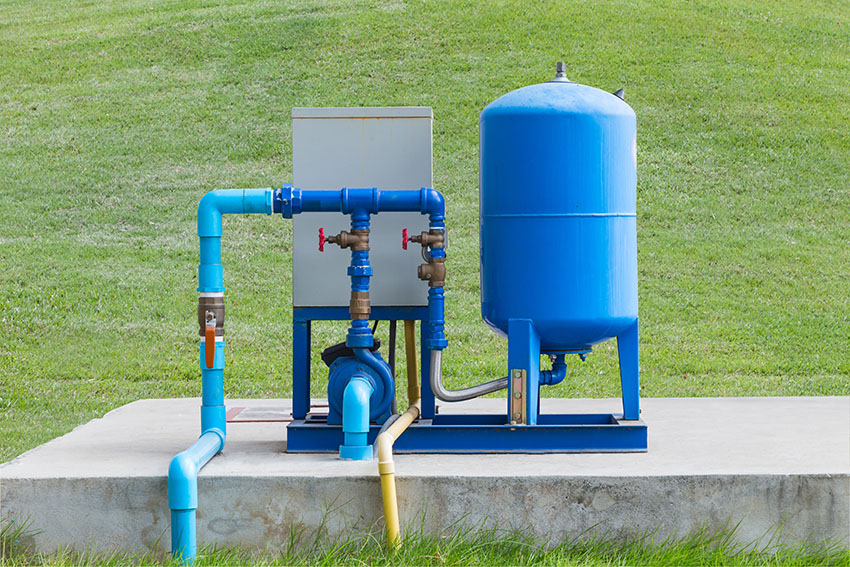Why You Should Worry About Termites?
Pests and termite infestation in home are a major cause of concern for every human owner and none of us would like to live in a house, infested with pests such as rats, fleas, bugs and so on. Termites are the most devastating creatures among pests as they gradually eat up our home by feeding beneath a foundation, wooden cracks so as not to come into eyes.
What are termites?
To begin with we must know what the creatures are, termites also known as ‘white ants’ are a soft-bodied insects resembling roaches particularly cockroaches. They are generally obscure insects often difficult to detect as they secretly creep and hide, build nests and invade our home gradually. Termites are destroying creatures that burrow into the inner wooden portion of our homes and live on it.
There are a number of practical termite pest control methods which the termite exterminators apply to inspect, find out if there is occurrence of infestation and if already infested, termite exterminators use modern techniques and tools to get rid of infestation.
How to identify termites?
The size of termite ant ranges from 1/4 to 1/2 an inch in length. While flying termites, also called reproductive have four clear cut wings.
You must be thinking where they live
Generally, termites reside and feed on wooden parts, dead plants and trees, fallen timber and mud often seen in windows and doors made of cellulose. They burrow into the cracked wooden portions of our home and live upon it causing structural damage to our place of living.
Identification signs to help you detect if your property has a termite infestation.
- Winged termites are often primarily the first sign of a hidden termite infiltration in home. Swarming termites are enticed to exposure of light and are commonly found near windows, doors, openings or cracks, heating vents and light fixtures.
- Look out and locate dead and decayed termites and insect wings if scattered in homes both interiors and exteriors.
- Another way to be certain if your house is infested with termites is to tap wood along the walls, if damaged it will sound hollow. Hollow wooden parts are the most important indication of infestation.
- Dark, dingy areas or eruptions in wood flooring are an indicator of buried termites.
- Cracked paints and split walls are the signs of possible termite attack.
How termites can damage your property?
To your surprise, termites don’t need much space to enter your home. In fact, they can get into a building even through a space of1/32nd of an inch.
- Subterranean termites or hidden termites that burry inside the ground usually enter a construction from the soil along its foundation and around plumbing pipes.
- Wooden structures, inner walls of property in direct physical contact with the ground also provide easy accessibility for termites to invade because termites can actually eat up wooden structure to lead its life.
- Spreading of the insect over the layer of soil contiguous or adjacent to a foundation can also provide an inroad for termites to sneak into a house.
- Though they primarily feed on wood, they also damage paper, furniture, books, insulation; termites can injure plants and bushes, woody plants and even infest a building. They cause a huge monetary impact on building maintenance cost if damaged.
Lifecycle of termites
The termite’s life cycle can result in three categorical structure of termite social order. The categories are soldier termite, worker termites and reproductive termites. The birth of larvae belongs to any one of these castes of termites. In a termite colony, the queen is responsible for hatching thousands of eggs to sustain the colony.
The queen has the longest lifespan of all the insects in the world and is typically the oldest one in the termite colony. The queen can live an average life of 25 -50 years. The other castes of termite’s life span vary from 12 to 24 months.
Termites grow in colony
During the Nuptial flight, virgin queen termites mate with male termite and then land to form a new termite colony. Workers caste of termites gathers and feed the colony members, while caring for young. Soldier termites help in protecting the colony using their large beaks to keep away hunters.
Reproductive termites known as elates class are the only sexually active members of the colony; which goes on to becoming the queen and king for the other new colony. In summer, they leave their mature colonies to mate and pair off following; which they lose wings and create new colonies.
Now you know how devastating termites can be for your home. So, if you suspect termite activity, call a certified termite extermination company to do further pest and termite inspection.











